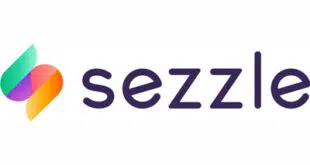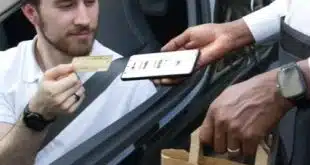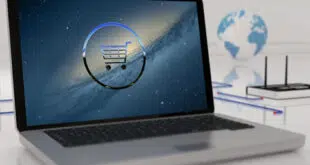Finding more ways to incorporate near-field communication (NFC) technology into everyday objects could eventually mean more payments. At least that’s the future as envisioned by panelists at the NFC Solutions Summit this week in Phoenix.
Sponsored by the Smart Card Alliance, the conference examined ways NFC technology, which enables wireless two-way communication at very short range between devices like point-of-sale terminals and mobile phones, could be used.
The push is not new, but does appear to have a renewed appeal given the publicity around mobile payments services that use NFC, such as Apple Pay, Android Pay, and Samsung Pay. Formalized as a specification almost 10 years ago, NFC failed to catch on in broader consumer segments, especially in payments, until its inclusion in smart phones, highlighted last year by Apple Inc.’s debut of Apple Pay and its NFC-enabled iPhone 6.
“Consumers have evolved into putting more and more content on their phones,” Tony Sabetti, who leads CPI Mobile, a unit of card manufacturer CPI Card Group Inc. Sabetti is a former executive with Softcard, an NFC-based mobile wallet created by the nation’s biggest wireless carriers. Google Inc. purchased Softcard’s assets earlier this year. “Cards are the newest and hottest commodity for content that major payment providers are going after.” That has made the mobile app the best connection the issuer has with a consumer, Sabetti says.
NFC proponents hanker for consumers to load their credit and debit cards into mobile wallets that they can then use for contactless payments, ideally—for issuers—with merchants they formerly might have paid with cash.
Unattended payments, such as in parking garages, vending machines, and car washes, seems poised to take off for just such payments, says John Rego, director of sales at OTI America, a unit of NFC-specialist On Track Innovations Ltd.
Of the estimated 6 million to 7 million vending machines in the United States, no more than 600,000 currently have contactless payments enabled, Rego says. One OTI customer, which recently installed contactless payments-acceptance devices on its machines, experienced a 27% increase in sales, he says. The reason is that many consumers, when using cash for vending purchases often only have enough to make either a beverage or food purchase. “On these enabled machines, people are buying both beverages and food,” Rego says.
One OTI customer devised a way to incorporate contactless payments into trash collection at apartment complexes. Typically, the fee for that service is built into the rent, putting the single resident on par with a three-person household that generates far more waste.
Now, after the OTI customer installed contactless readers by the gates for the trash-collection bins, residents tap an NFC-enabled card to gain access. They place the trash in the bin, which weighs it. Fees are charged by the pound, Rego says. “They found it encourages recycling.”
Laundry machines are another opportunity, he says. In laundry, contactless payments acceptance increased sales 30% for one customer, Rego says. That happened because consumers, used to paying with a quarter, would stuff as many clothes as possible into as few machines as possible to use less money, he says. It was inconvenient to use additional machines. Now, because it’s easier to tap a card or smart phone against an NFC reader, customers are using additional machines, he says.





